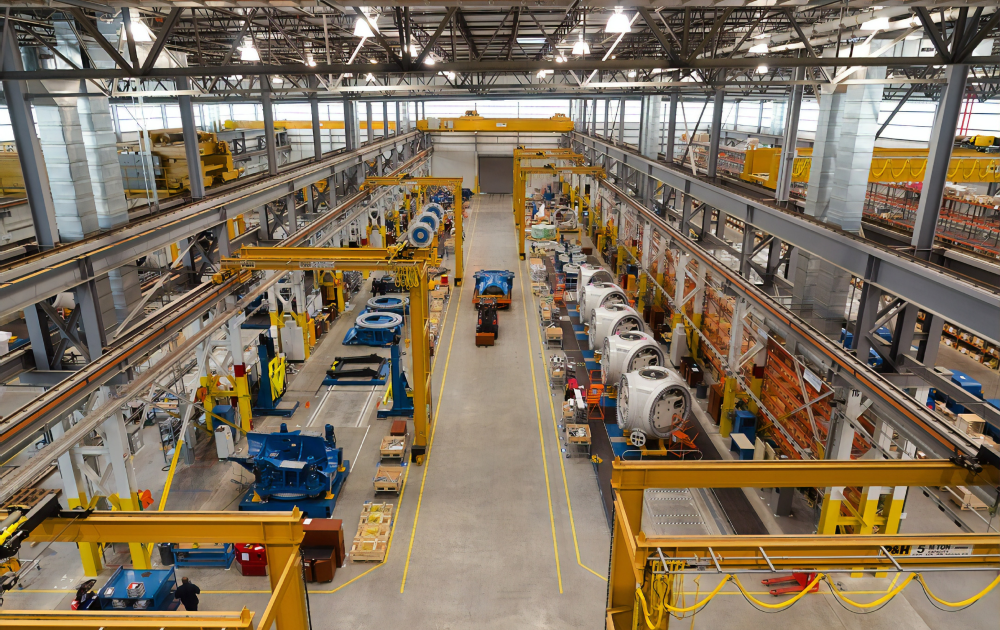

AI is already making an impact on employment and is expected to influence it profoundly in the future. AI algorithms are being widely applied to various aspects of the recruitment process, from the optimisation of job descriptions, to the screening and assessment of candidates.
As in other instances, the big question is whether there is any danger: For example, these algorithms may suffer from inbuilt (racial and more) biases due to the use of potentially unbalanced datasets in their training. Unlike humans, algorithms may be unequipped to consciously counteract learned bias and leave qualified candidates out of the recruitment process. If these biases are carefully eliminated though, AI may actually help make fair and neutral recruitment decisions.
On a different level, the application of AI to automation will lead to the creation of new jobs and improve the working conditions of many existing ones; but it is also expected to eliminate jobs with uneven consequences for working categories.